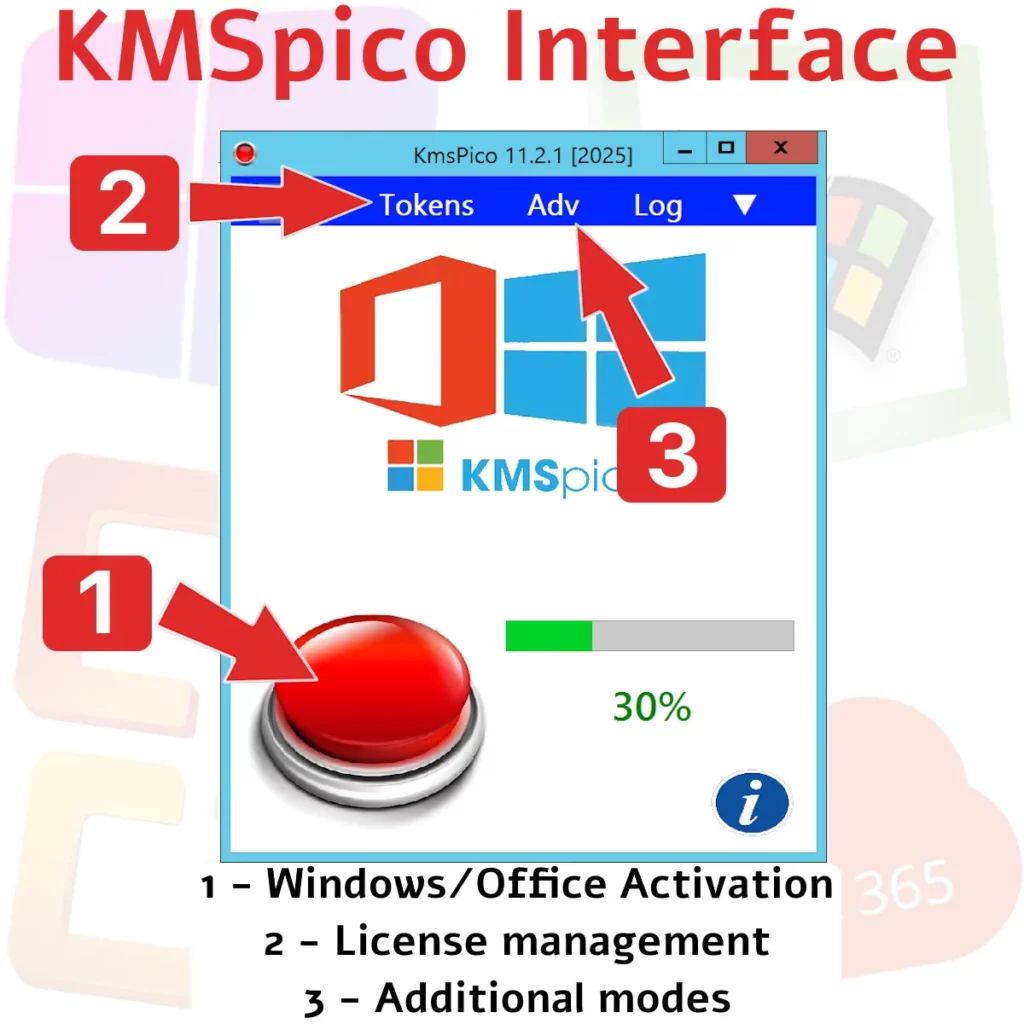In today’s tech-driven world, knowing how to efficiently activate Windows 11 can make all the difference for both personal and professional users. This guide aims to walk you through crucial steps and considerations for a smooth activation journey, ensuring that you maximize the potential of your system. Whether you’re a casual user or a seasoned IT professional, understanding these procedures will enhance your computing experience.
The Importance of Activating Windows 11
Activating Windows 11 ensures full access to features and updates, enhancing security and productivity. Without activation, users may experience limitations such as watermarks on the screen and restricted customization options. More importantly, regular updates are essential for protecting your system from vulnerabilities and ensuring that you have access to the latest technology improvements. This process not only augments your device’s performance but also fortifies its defenses against emerging cyber threats.
Moreover, having an activated version of Windows 11 is crucial for accessing advanced functionalities that are otherwise restricted in non-activated versions. These functionalities include enhanced desktop experiences, personalized settings, and seamless integration with other Microsoft services that are indispensable in today’s interconnected digital landscape.
Essential Steps to Activate Windows 11
The first step in this seamless process is obtaining a legitimate product key. It is critical to verify that your product key matches the edition of Windows 11 you are deploying. Activate Windows 11 by entering this key during the installation process or afterward via system settings. Make sure to keep your product key in a secure location to avoid misplacement, which could complicate future reactivations or troubleshooting efforts.
Once you’ve secured your product key, proceed to activate Windows 11 by navigating through the system settings. The activation section provides clear instructions on entering your product key. Ensure your device is connected to the internet, as online verification is necessary to complete activation successfully and grant full access to all features.
Utilizing KMS for Activation
Key Management Service (KMS) plays a vital role in large-scale deployments. By using KMS, organizations can automate the activation of Windows within their network, reducing manual input and improving efficiency. The command ‘slmgr.vbs /ato’ is often used in this context for activating systems. This method is particularly beneficial for businesses aiming to streamline their IT processes while maintaining compliance with licensing requirements.
KMS allows IT departments to manage activations centrally without needing individual product keys for every machine—a significant advantage in environments where numerous devices require activation simultaneously. This centralized approach not only simplifies management tasks but also ensures uniform compliance with licensing terms across all deployed systems.
Benefits of License Activation
Once you activate Windows 11, you unlock not just features but also regular security updates that protect against vulnerabilities. License activation verifies your operating system’s legitimacy and enhances its functionality. Moreover, an activated system can take advantage of Microsoft’s customer support services, providing an additional layer of assistance should any issues arise.
The assurance that comes with an activated operating system extends beyond mere feature access—it also encompasses peace of mind regarding software authenticity and compliance with licensing agreements. This peace of mind translates into confidence when utilizing your device for sensitive tasks or storing important data.
Understanding Digital Licenses for Windows 11
A digital license represents a modern approach to operating system authenticity. Users who upgrade from eligible previous versions can activate Windows 11 automatically without needing a physical product key, simplifying the process significantly. This method reduces the risk of losing physical keys and assures users of a more streamlined upgrade path.
Digital licenses offer flexibility and convenience; they tie directly to the hardware rather than relying on physical documentation or media that could be easily misplaced or damaged over time. This modern solution aligns with contemporary needs for mobility and accessibility across various devices.
Troubleshooting Common Activation Issues
Occasionally, users encounter issues during activation. Problems can often be resolved by ensuring internet connectivity or checking the correctness of the entered product key. If these fail, seeking assistance from support services might be necessary. Common errors include mismatched licenses or outdated software versions, both of which can typically be resolved with minimal intervention.
For persistent issues, consulting Microsoft’s extensive online resources or reaching out to technical support can provide guidance tailored specifically to your circumstances—ensuring timely resolution and minimal disruption to your workflow.
KMS Activator Tools: An Overview
There are various activator tools available that streamline the process of activating Windows operating systems. While popular among some user groups, ensure that tools like KMSpico are used responsibly and legally within licensing agreements. Unauthorized use may lead to legal consequences or compromise system security due to unverified software installations.
The Role of KMSpico Official Downloads
KMSpico official downloads offer a way to automate activation across multiple systems without repeated license purchases. It’s crucial to use only official sources to avoid malicious software risks when dealing with activators like KMSpico. Utilizing verified sources ensures that your activator tool is safe and effective while respecting Microsoft’s licensing terms.
Official downloads maintain integrity by providing clean installations free from malware or spyware commonly associated with pirated software—preserving both security and compliance across all activated devices within an organization’s network infrastructure.
KMS for Windows 10 vs. Activating Windows 11
The transition from KMS for Windows 10 to activating Windows 11 may involve slight adjustments in protocol but generally follows similar procedures. Understanding these differences ensures seamless operation across different versions. For instance, some command variations might exist due to new features introduced in Windows 11; staying informed about these changes is vital for IT administrators managing multiple devices.
This awareness facilitates smoother transitions during upgrades between operating systems—reducing downtime while maximizing efficiency in deployment strategies throughout organizational environments where diverse OS versions coexist.
Preparing Your System for Activation
Before attempting to activate Windows 11, ensure your machine meets minimum system requirements: at least a dual-core processor with 4 GB RAM is recommended for optimal performance. Moreover, keep your system updated to circumvent potential compatibility issues. Regularly checking for software updates not only enhances performance but also secures your system against emerging threats.
Product Key Verification Process
The verification of your product key is paramount in mitigating activation errors. Use legitimate channels to purchase keys that guarantee authenticity and compliance with Microsoft’s licensing policies.
Windows Setup Best Practices
- Backup existing data before starting the activation process to prevent data loss.
- Ensure stable power supply throughout setup and activation stages to avoid interruptions.
- Create recovery media prior to initiating setup as an added precautionary measure against unforeseen technical difficulties.
- Document all configuration settings post-installation for future reference or auditing purposes.
Sustaining System Performance Post-Activation
After you activate Windows 11, keeping your system optimized involves regular checkups and updates. Frequent system diagnostics help maintain swift operation and extend hardware lifespan by addressing issues proactively. Consider employing tools like disk cleanup utilities or defragmentation software as part of routine maintenance schedules.
An optimized system runs more efficiently—translating into improved productivity levels due largely because reduced lag times faster processing speeds resulting ultimately higher satisfaction rates among users benefiting directly indirectly collectively community-wide positively impacting everyone involved interconnectedly synergistically holistically sustainably long-term!
Monitoring Activation Status
You can always check your current activation status through system settings under ‘Activation.’ This section provides details on whether your copy is activated with a digital license or another means. Staying informed about your activation status helps ensure ongoing compliance with licensing agreements and facilitates troubleshooting if necessary.
Activation Process in Virtual Environments
If using virtual machines (VMs), allocate at least 2 vCPUs and 4 GB RAM to replicate real-world conditions accurately during testing phases before deploying more broadly across networks.
This comprehensive guide should empower you with the knowledge needed to effectively activate Windows 11 while optimizing resource utilization and ensuring compliance with licensing requirements.
Like this:
Like Loading...










